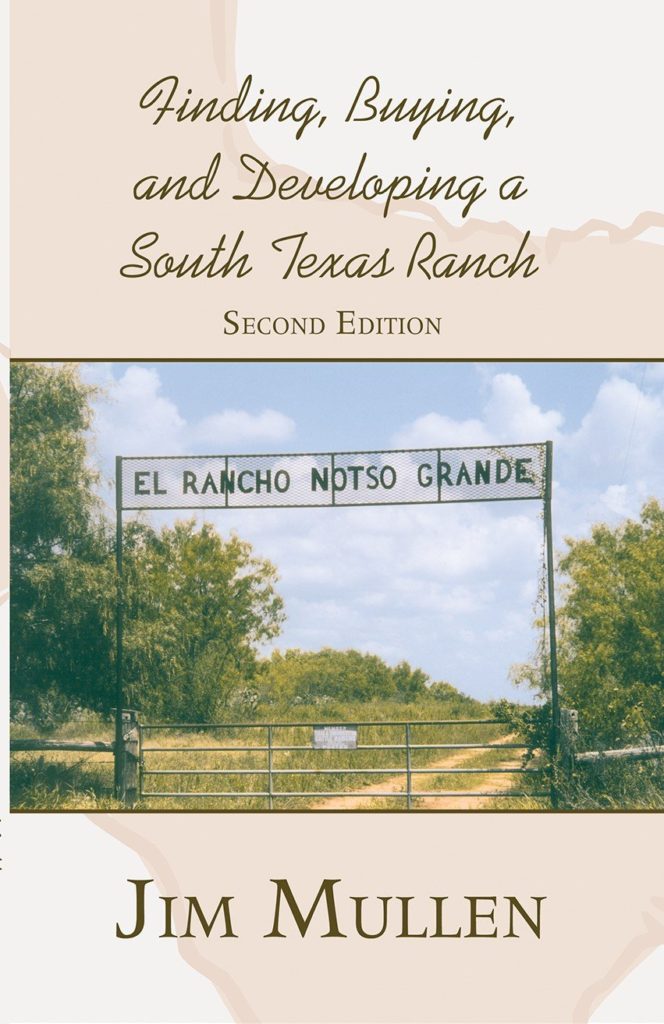On a recent consulting job, the continuing drought in South Texas was brought home to me. As I was in eastern Frio Co., about 12 miles E-SE of Pearsall, it was not as bad as last weeks visit to Artesia Wells, but still sobering. This particular ranch is mostly a deep sand and as such, while it can respond to a light rain, the soils do not hold moisture well.

Texas wintergrass is stunted and the Spring flowers, such as Bluebonnets, pictured above, are few and far between.

On the above map, with San Antonio roughly in the center, you can come South and West and see the really dry areas. This is unfortunately the areas where I have historically worked in wildlife management and, while certainly nothing new to these areas, drought is bad this time, and is predicted to last thru the year, again.

What is a manager to do? If you have not done so already, de-stock; both cattle and wildlife. The less mouths feeding on the range, the longer what is there will last. Secondly, consider some late-winter discing. that will stimulate the soil and open up the surface to improve absorption of what rainfall there is. And lastly, check water distribution and dependability. Alternating water sources will force livestock to cover more ground and graze evenly. Salt placed away from water, by as much as one-half mile, will also improve grazing distribution.

For wildlife, you can continue feeding but remember stationary feeders tend to concentrate animals and we need them spread out as much as possible. I much prefer to feed along roadways, broadcasting off to one side is the best approach.







Problem fixed?
Wow!!!!